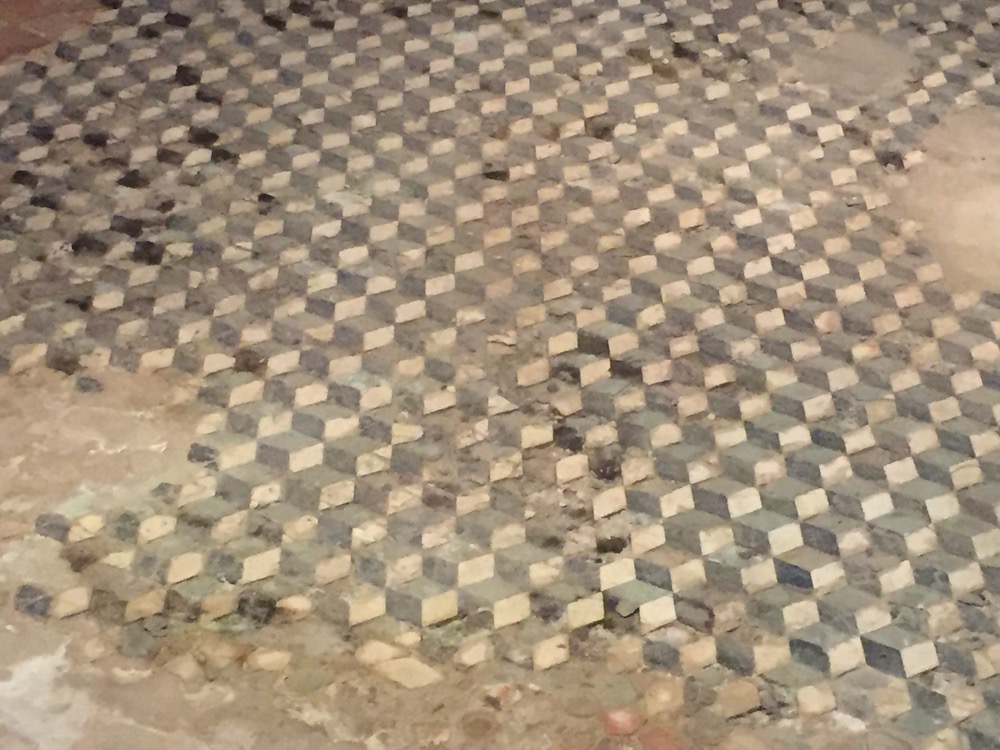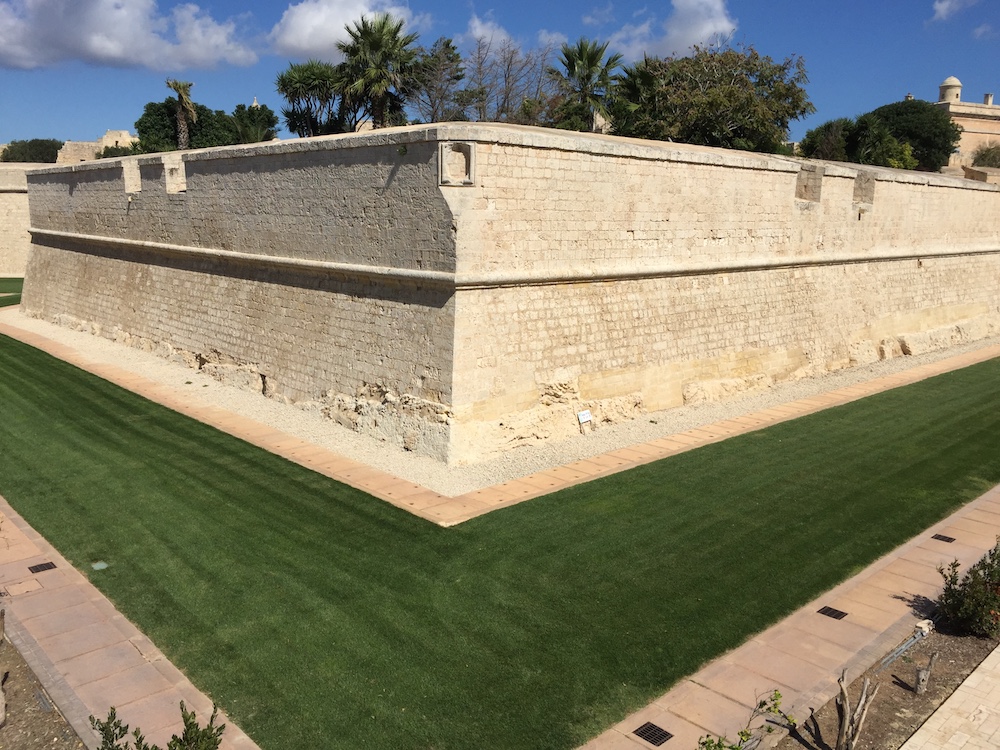The glorious fortified city of Mdina in the heart of Malta is a must-see and full of atmosphere. Once the island’s capital, it’s been shaped over the centuries by Phonecians, Romans and Arabs. But we nearly didn’t make it there at all.
Our mistake was to rely on the country’s public transport. Despite Mdina being one of the island’s top tourist attractions, the direct 202 service was notable for its absence at our bus stop in St Julian’s. So a journey that should’ve taken 20 minutes in a car ended up taking an agonising two hours or more. The 202 being AWOL, we jumped on one of those hop-on-hop-off buses so beloved of tourists everywhere, but which set us back an eye-watering 44 euros. And that proved a mistake too for it took a hideously circuitous route around Sliema and Valletta, got stuck in the island’s dreadful traffic and then stopped for an eternity while clueless staff checked tickets at a pace that suggested it was a task they’d never completed before.

I breathed a sigh of relief when we eventually slipped out of the built-up coast into the countryside. In the distance, beyond the warehouses and industry of the suburbs, I spotted Mdina’s majestic cathedral standing proud on a hill in the far distance, its limestone buildings glowing gold in the sunshine of late summer. We drove through small towns and villages, modest boxy homes and grand villas. We drove past dusty fields, their boundaries marked by dry stone walls, being worked by decrepit farmers with equally decrepit tractors. Tiny chapels, broken down agricultural buildings and modest vineyards peppered the landscape.

Mdina sits atop a hill with great views in all directions, handy for spotting invading barbarians in times when such folk were on the prowl. Nowadays it sits alongside the more modern town of Rabat, and we sat between the two overlooking the gleaming, thrusting walls of Mdina while supping a sustaining beer after our stressful journey. Our visit proper started at the Domus Romana, a Roman villa that dates from the first century BC. Just outside Mdina’s walls, the villa was rediscovered in the late 19th century and is today enclosed within a small museum that does a good job of telling its story in the context of its time and neighbourhood. Many everyday discoveries from the site, including lamps, glassware and pots, fill the cabinets but the most impressive objects to have survived are the statues of several royal Romans including the Emperor Claudius.

Little of the building’s structure remains but a couple of fine mosaics survived the centuries and are the centrepiece of the museum. Outside a jumble of rocks are all that’s left of a number of other buildings that stood nearby, but we weren’t allowed to walk among them and it was difficult to work out what they represented. Other parts of the villa were lost when engineers drove a railway line through the site a few years after its discovery, with little or no regard to history.
The site of the villa sits just yards from the Greek Gate, one of the more modest entrances to Mdina. And that’s how we found ourselves in the quiet streets of the ancient city, walking along narrow limestone alleys lined by walls of yet more golden limestone.

Mdina began life as a Bronze Age settlement but grew rapidly when the Phoenicians took control, calling their settlement Maleth. In around 218BC their nemesis, the Romans, ousted them and under their rule the city grew well beyond the boundaries of the Mdina we know today. The Arabs invaded in the 9th century and gave the city the name Medina, but they were sent packing by the Normans in the 11th century. By this time the city had shrunk, the island’s capital had moved elsewhere and what remained had been enclosed within the fearsome walls that stand to this day.
Most of the city’s streets are too narrow for cars, which makes for a relaxed and quiet exploration on foot, but first we stopped at Coogi’s for an average lunch in a shaded courtyard that was surprisingly chilly out of the sun. We met two gay Aussie guys on an endless holiday around the world and envied their lifestyle.

Mdina is tiny but it has an almost endless supply of handsome town houses, picturesque squares, viewpoints, majestic palazzo and grand churches. St Paul’s Cathedral dominates its skyline but for enjoyment nothing beats wandering the city’s alleys, appreciating the peace and admiring architecture that includes the Norman and Baroque. We discovered the Xara Palace Hotel dripping luxury in a beautiful corner, draped in an overgrown fig. Nearby was a branch of Mdina Glass, a showroom for the beautiful handblown art glass produced by craftspeople a few miles out of town, and I couldn’t resist adding to my purchases from the Valletta branch a few days earlier.
We spent an hour or so at Palazzo Falson. With parts dating from the 13th century, the house is said to be the second oldest building in Mdina but many additions and alterations were made over the years by the Falson, Cumbo-Navarra and Gollcher families. It was artist Olof Gollcher who left the most recent imprint on the property and some of his works and many of his collections and personal belongings are displayed in what’s a comfortable and attractive dwelling.

We left Mdina through the main gate, having dodged most of the millions of cruise ship tour groups that we met swarming through the city like locusts. Beyond, coaches lined up one after another to carry them back to their boats.
We waited for the bus home. And waited. And waited. So we got a cab. And by the time we arrived back at the Hilton in St Julian’s, we’d spent the fantastical sum of 69 euros on transport to and from Mdina alone. No wonder I needed a beer…

